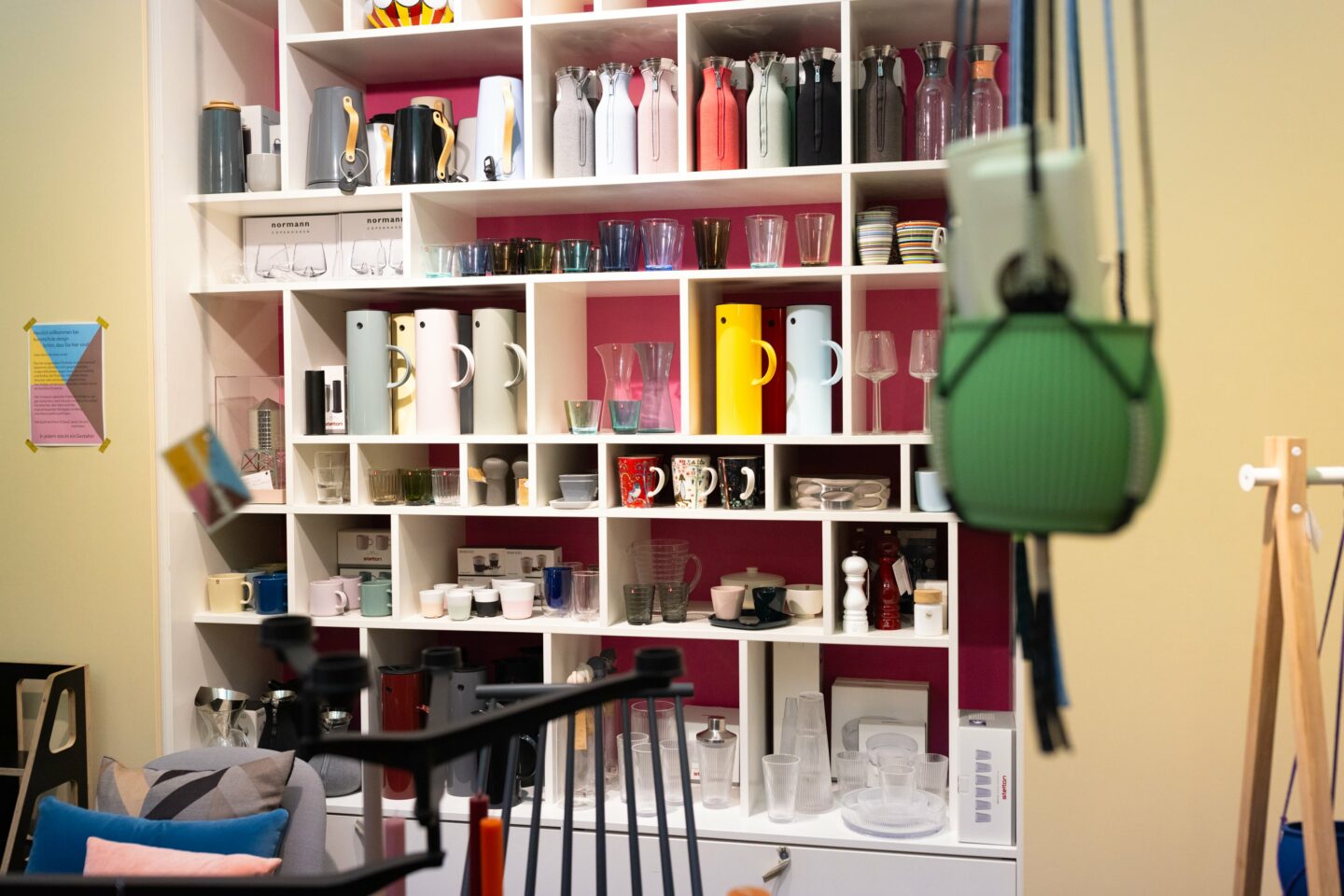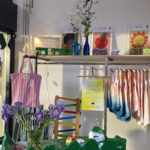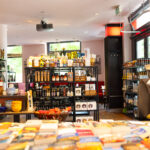

Develop your shop
Optimise your point of sale

How to set up your concept store for success: advice for retailers
23 November 2023
Concept stores are the creative hubs of independent retail. As well as offering a selection of products in several categories (home, beauty, groceries, etc.), this type of space is often intended to be a place where people meet, connect and find inspiration. The aesthetic is also carefully curated and embodies the values of its owner — from the choice of furniture to the decoration and the music.
Are you the owner of a concept store and struggling to find the ideal layout for your shop? You’ve come to the right place! We share our best tips and advice on how to decorate your shop and elevate your customers’ experience.
Photo: Kunstschule.design in Berlin
Table of contents
- 1. Designing a concept store: first things, first
- Looking for your concept store's next bestsellers?
- 2. Keeping your main goal in mind: what is your why?
- 3. Creating an exceptional shopping experience
- 4. Finding sources of inspiration and creativity: take notes (and screenshots)
- 5. Making your shop window work for you: an essential ally in attracting customers
- 6. Increasing the chances of a sale with a seamless customer journey
- 7. Closing the sale: last but not least
1. Designing a concept store: first things, first
The importance of philosophy and values
Aptly named, the concept store is, of course, all built around a specific concept. This concept is your true identity, your values, and your philosophy. Everything else must flow from this concept and follow a logical, relevant pattern. This philosophy must be clear to your customers, and they should be able to identify who you are and what you represent from their first interaction with you.
Let your furniture do the talking!
This may be stating the obvious, but it is vital to remember that every element of your concept store must align with your values. Are you advocating for eco-responsibility? Think about choosing energy-efficient lighting solutions. Are you a fan of artisanal products? Choose bespoke furniture rather than those bought in chain stores (or in blue and yellow shops where you can also buy hot dogs).
Attention to these details will determine your value proposition’s authenticity.
Find a balance between aesthetics and functionality
Like Alina Wheeler said, “Design is intelligence made visible.” Sometimes aesthetics and practicality are at odds with one another, and, as a concept store owner, you have to think outside the box to find the best possible solution. If you’re unsure of what to do design-wise, always return to the main objective, which is selling your products. Remember, the decor is there to elevate your products, not vice versa.






